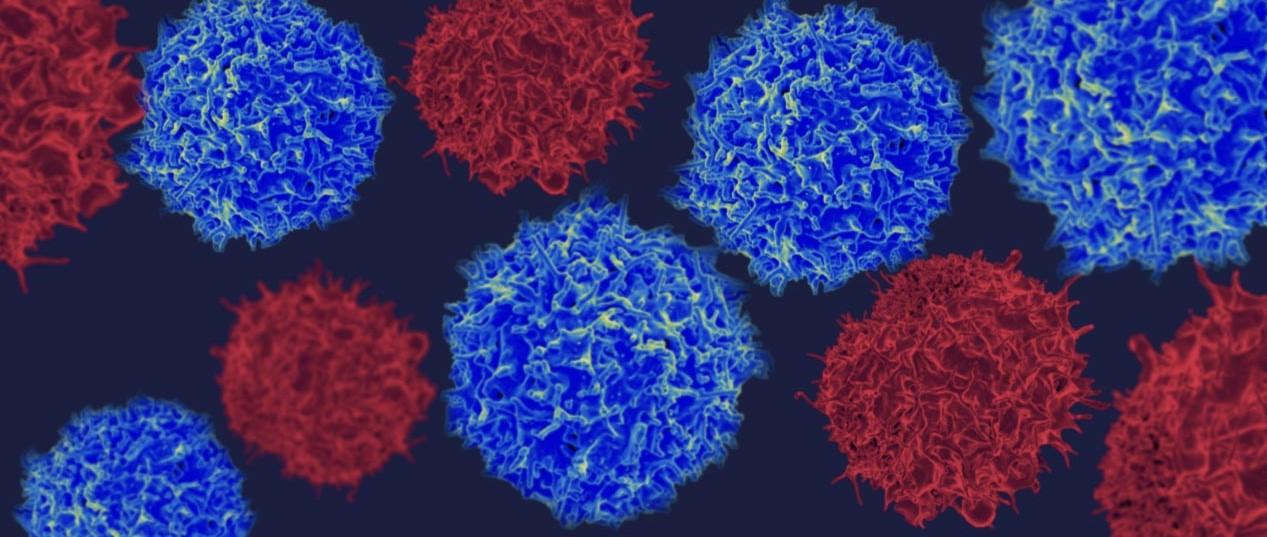Coronavirus disease 2019 (COVID-19) has left an indelible mark on 21st century history, but in the ancient saga of humans and the viruses we encounter, what makes this chapter so special? For one, it’s the story of inflammation in severe COVID-19. Clinical features and biomarker measurements in patients with COVID-19 have generated buzz around the term cytokine storm and fostered comparisons to canonical syndromes such as haemophagocytic lymphohistocytosis and macrophage activation syndrome. But are these comparisons warranted?
Although the degree and extent of systemic inflammation seen in patients with COVID-19 is typically less than in haemophagocytic lymphohistocytosis and macrophage activation syndrome, many observational studies have identified associations between inflammatory biomarkers (eg, C-reactive protein, ferritin, lactate dehydrogenase, D-dimer, interleukin [IL]-2 receptor, and IL-6) and development of acute respiratory distress syndrome (ARDS) and death.
It is also true in other postviral hyperinflammatory states that seemingly modest elevations of C-reactive protein and ferritin have been associated with increased mortality.
But the association between severe infections and increased inflammation does not mean targeting the latter will fix the former. Thus, dozens of clinical trials are ongoing in patients with COVID-19 targeting the host inflammatory response.
Amidst a maelstrom of inflammatory mediators, why is IL-1 an attractive target in COVID-19? The history of IL-1 inhibition began in sepsis, with clinical trials showing reassuring safety but no substantial efficacy. Repurposed by rheumatologists, IL-1 inhibition has transformed the care of many autoinflammatory diseases.
A subsequent reanalysis of a sepsis trial focused on a subset of patients (many with ARDS) with hepatobiliary dysfunction and disseminated intravascular coagulation—clinical features reminiscent of haemophagocytic lymphohistocytosis and macrophage activation syndrome. The study showed a significant mortality improvement in patients with macrophage activation syndrome-like sepsis treated with the recombinant IL-1 receptor antagonist anakinra.
Beyond its infamous systemic effects, IL-1β might also have a key role in development of acute lung injury and ARDS. Polymorphisms in the IL-1 receptor antagonist gene (IL1RN) have been associated with progression from community-acquired pneumonia to ARDS and septic shock. Influenza infection of mice caused excessive inflammasome activation and IL-1β release in the context of a poor type 1 interferon response, an occurrence mirrored by monocytes from older humans.
Recombinant IL-1β administered to rabbits led to ARDS-related processes, including pulmonary leucostasis, endothelial injury, and perivascular oedema.
In non-human primates, IL-1β promoted the development of severe acute respiratory syndrome coronavirus (SARS-CoV)-associated acute lung injury.
In humans, emerging data highlight the vasculopathy of COVID-19. ARDS in patients with COVID-19 is striking in its profound hypoxaemia without proportional defects in ventilation or lung compliance, suggesting a penchant for pathological endothelial activation.
The lungs of patients with COVID-19 also show microthromboses and macrothromboses. Outside the lung, recent reports of vasculopathic lesions in the distal fingers and toes, and children presenting with features reminiscent of Kawasaki disease, seem circumstantially related to COVID-19. In this respect, data from trials of anakinra in rheumatoid arthritis showing a decrease in nitro-oxidative stress and improved microvascular function (despite lacklustre arthritis efficacy) support a role for IL-1 blockade in preventing endothelial damage.
In
The Lancet Rheumatology, Giulio Cavalli and colleagues report their experience with a prospective programme of high-dose (5 mg/kg twice daily) intravenous anakinra. The drug was given to 29 adults with COVID-19, moderate-to-severe ARDS managed by non-invasive ventilation, and elevated indices of C-reactive protein, ferritin, or both. The patients were followed up until substantial clinical improvement or severe complications. Cavalli and colleagues progressed to intravenous dosing of anakinra after observing disappointing C-reactive protein responses in seven patients treated with low-dose subcutaneous anakinra (100 mg twice a day). High-dose anakinra was associated with improved 21-day survival compared with a historical cohort (with the same clinical features) receiving standard treatment at the same institution in the weeks immediately before (21-day survival 90%
vs 56%; p=0·009). This difference was accompanied by more rapid and complete improvement in C-reactive protein in the patients treated with high-dose anakinra. This observation is remarkable in a condition with 30–50% mortality in patients who develop clinical ARDS.
Ferritin and C-reactive protein values in the cohort studied by Cavalli and colleagues were considerably higher than in those reported previously in hospitalised adults with COVID-19 but correlated better with risk of mortality and, thus, might help identify a subset of patients who are most likely to benefit from anti-inflammatory treatments.
Between-group differences did not identify obvious sources of systematic bias or confounding in the study by Cavalli and colleagues.
Patients in the historical standard treatment group were older, predominantly male, and had higher ferritin and C-reactive protein values, but comparable comorbidities versus the group receiving high-dose intravenous anakinra. The high-dose anakinra group had a greater proportion of individuals with severe ARDS. However, this study had many limitations, including its small size, a retrospective observational design, and inclusion of patients from a single centre; thus, the results should be interpreted as exploratory. Also, the study did not detect a between-group difference in progression to mechanical ventilation, which tempers enthusiasm for the findings. Nevertheless, in view of the biological plausibility of anakinra, the pharmacokinetic and safety profile of the drug, and a growing body of positive experience in autoinflammation and cytokine storm, these data are promising and support prioritising this approach in the planning and enrolment of randomised controlled trials.
In the story of host-meets-virus, we tend to focus on the virus. Beyond age and comorbidities such as diabetes, hypertension, and cardiovascular disease little is known about host susceptibility to severe COVID-19 and whether it overlaps with haemophagocytic lymphohistocytosis and macrophage activation syndrome. Nevertheless, these and other emerging data rightly focus more attention on the host inflammatory response and might herald a shift in how we approach the host-virus relationship.
https://www.thelancet.com/journals/lanrhe/article/PIIS2665-9913(20)30129-6/fulltext




